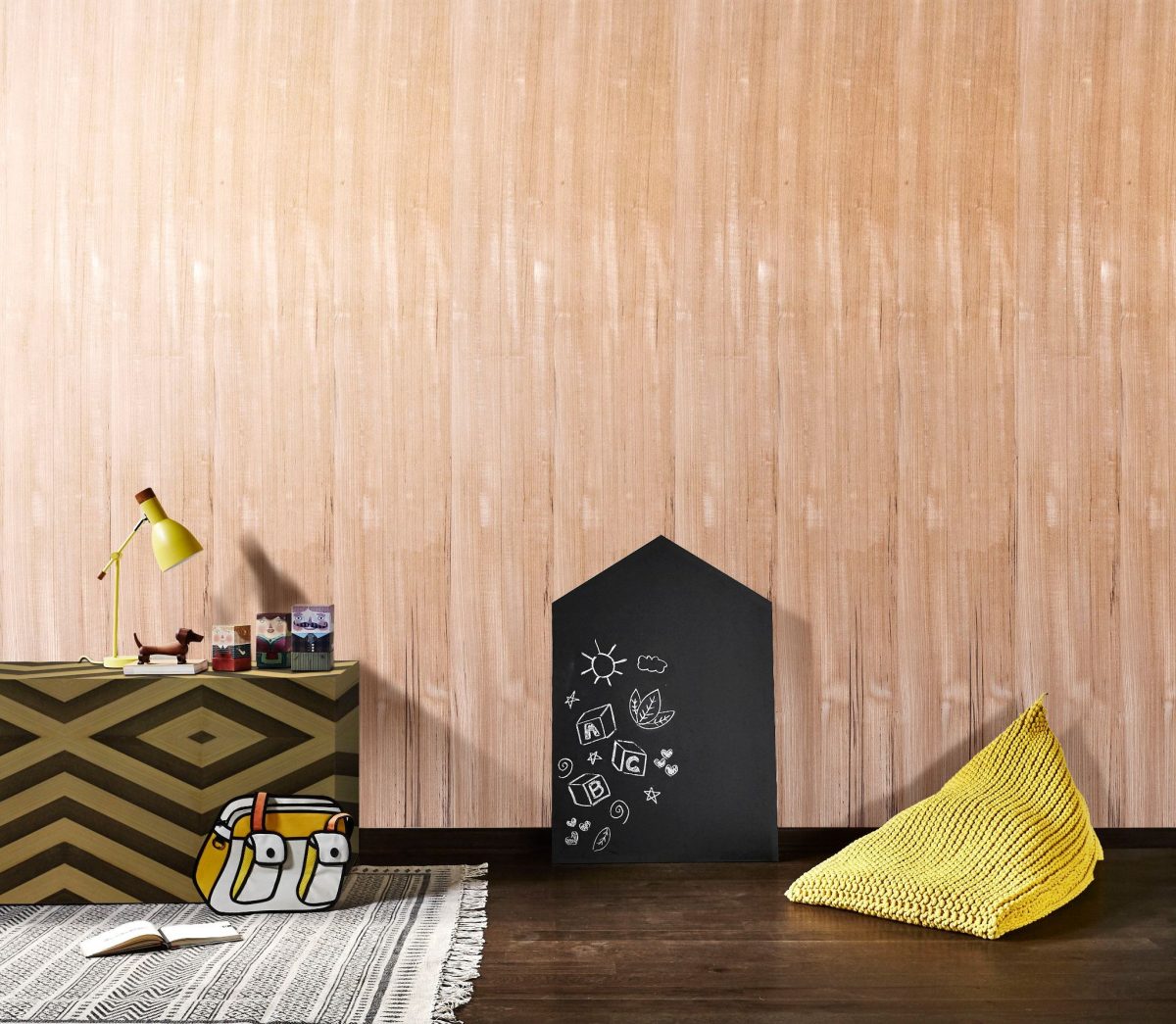Textured Wood Veneers: How Surface Feel Elevates Luxury Interiors

Luxury in interior design is no longer defined by visual opulence alone—today, it is just as much about how a surface feels. In high-end homes, offices, and hospitality spaces, tactile richness has emerged as a design priority. From walls to wardrobes, clients and designers are seeking materials that don’t just look elegant, but also engage the senses. That’s where textured wood veneers step in.
Unlike flat, polished surfaces, textured wood veneers offer depth, warmth, and authenticity. By introducing subtle variations in grain and finish, they bring natural tactility to modern spaces. In this blog, we explore how textured veneers, especially designer veneer sheets made from real wood, can elevate the tone and texture of luxury interiors.
Also Read: Top 4 Wood Veneer Ideas to Create a Modern Home
The Evolution of Wood Veneers in Interior Design
Traditionally, wood veneers were used to replicate the beauty of solid wood while maintaining cost efficiency and flexibility in application. Their finishes were often smooth and glossy, designed to blend into polished furniture or architectural surfaces.
Today, the narrative has shifted. Modern designer veneer sheets are as much about feel as they are about aesthetics. Whether it’s brushed, open-grain, or sawn, texture has become a core part of veneer design. Homeowners, architects, and luxury furniture makers are increasingly gravitating toward textured wood veneer for its unique ability to add material expression and sensory richness to otherwise flat surfaces.
Why Texture Matters in High-End Interiors
Tactile Appeal
The sense of touch is deeply connected to our emotional experience of a space. Surfaces with texture invite interaction—a brushed wardrobe panel or a rough-cut feature wall encourages you to reach out and feel the material. This engagement adds to the perceived warmth and comfort of a room.
Visual Depth
Textured surfaces catch light differently throughout the day, casting gentle shadows that give wood veneers depth and character. Unlike flat surfaces that can appear lifeless, textured veneers play with visual complexity and add dimension to large panels.
Material Authenticity
Wood is a naturally imperfect material, and texture brings out this authenticity. Whether it’s a fine-grained teak wood veneer or an expressive Burma teak wood panel, texture celebrates the unique traits of each species. That’s why many veneer manufacturers in India now offer curated textured collections aimed at luxury designers.
Popular Textured Veneer Finishes and Their Design Impact
- Brushed Veneer: Subtle ridges created through wire brushing enhance the grain while maintaining softness. Ideal for walls and cabinetry.
- Open Grain Finish: Leaves the pores of the wood exposed, offering a natural, raw appearance. Works beautifully with teak wood veneer and oak.
- Cross-Grain or Scratched Texture: Offers a tactile, slightly industrial feel; perfect for commercial settings or bold residential interiors.
- Rough-Cut / Sawn Finish: Mimics freshly cut timber with saw marks. Often used in feature panels and rustic-chic environments.
Each of these textures serves a specific design language, allowing designers to match the material’s surface feel to the intended ambiance of a space.
Where to Use Textured Wood Veneers in Your Space
- Wall Panelling: Add depth and warmth to living rooms, bedrooms, or reception areas. Textured veneer sheets break the monotony of large surfaces.
- Wardrobes and Furniture: Textured fronts bring understated elegance without relying on carvings or ornamentation.
- Headboards and Bed Frames: Introduce softness and organic warmth, particularly when paired with neutral fabrics.
- Ceiling Applications: A rising trend in high-end residential design; textured veneer adds visual interest without overwhelming the space.
By applying textured veneers selectively, you can introduce luxury without cluttering the space.
Key Considerations When Choosing Textured Veneers
- Lighting: Natural or directional lighting enhances the subtle shadows of textured wood veneer.
- Finish Choice: Low-sheen or matte finishes work best; glossy coatings may reduce the perceived depth.
- Maintenance: Contrary to perception, most textured veneers are easy to clean—just avoid abrasive materials.
- Material Pairing: Combine with natural stone, linen upholstery, or matte black metals for a refined palette.
Thoughtful integration of texture into the material mix ensures a cohesive and elevated outcome.
How to Ensure Quality
Not all wood veneers are created equal. For textured surfaces, consistency in grain, tactile depth, and finish is essential. This is where established veneer manufacturers in India stand out.
Look for a brand that offers:
- Sustainably sourced wood species (e.g., certified Burma teak wood)
- In-house texturing and finishing processes
- Wide design variety, including customisation
- Stable backings for long-term performance
Greenlam ticks all these and other important boxes. By selecting premium designer veneer sheets, you ensure the look and feel of your interiors last well beyond seasonal trends.
Also Read: Common Wood Veneer Terms you Should Know
About Greenlam Industries
Greenlam Industries, through its brand Mikasa Decowood Veneers, offers a premium range of designer veneer sheets that combine timeless elegance with innovative surface textures. Our textured wood veneer collections include exquisite Burma teak wood, oak, walnut and other global species, engineered to deliver depth and distinction to modern interiors. Explore our surfaces and discover how texture can elevate every room you design. To discuss your requirements, call 1800 833 0004, or email us at info@greenlam.com. You may also fill out our contact form for more information.


